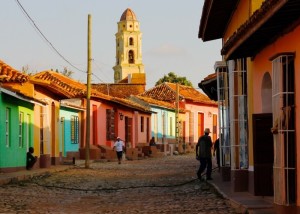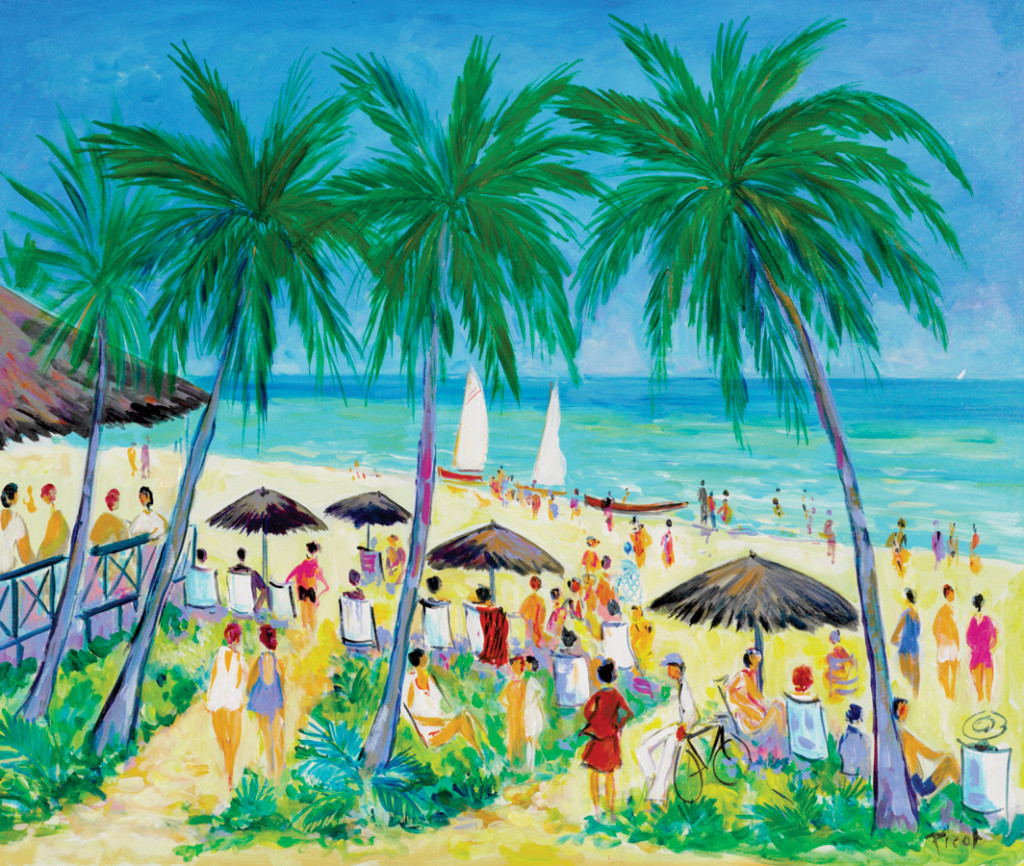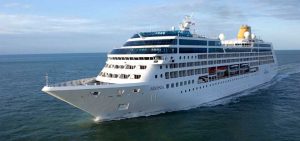What you need to know about Cuba cruises from the U.S.
With travel restrictions to Cuba lifted, now is the perfect time to consider taking a cruise to a land that was virtually forbidden to American travelers.
On Dec. 17, 2014, President Barack Obama announced the U.S. would normalize relations with Cuba, rekindling relations that were severed five decades ago. Dubbed the “Cuban Thaw,” the development provides multiple social and economic benefits for both the U.S. and Cuba.
Most notably, U.S. travel restrictions are lifted, giving cruise lines the chance to sail to the country. Carnival Corporation announced in July 2015 that it had gained approval to begin Carnival cruises to Cuba with the goal of transporting travelers to Cuba starting in May 2016 with its Fathom brand.
Norwegian Cruise Line is also aiming to cruise to Cuba, announcing in August that it is applying for a license from the U.S. Department of Treasury and Department of Commerce.
As cruise lines continue to grow and the island becomes much more accessible, here is what you need to know about the current landscape of cruising to this Caribbean destination.
Cruise to Cuba with a purpose
Even with the new changes, you cannot simply cruise to Cuba as a tourist. There are 12 categories that are considered authorized purposes for visiting Cuba without a license. These include: family visits, government business, education, athletic competitions and journalistic activities. The Department of Treasury has provided a full list of categories that describes what constitutes each category.
Due to this restriction, Norwegian Cruise Line is seeking a license for “people-to-people” trips. Carnival has done the same, and will use its new Fathom brand to specialize in cultural, artistic, faith-based and humanitarian exchanges between the two countries. Carnival began taking reservations for cruises to Cuba as of July 7, 2015.
“We know there is strong demand from travelers who want to immerse themselves in Cuban culture, so this is a historic opportunity for us to enable more people to experience Cuban society,” said Arnold Donald, President and CEO of Carnival Corporation.
The cost of cruising to Cuba
Travelers may have to pay a bit more than the typical cruise to head for Cuba. For instance, Carnival’s seven-day Cuban itineraries are expected to start at $2,990 per person, excluding taxes and other fees.
As of November 2004, exchange rates between the Cuban Convertible Peso (known as the CUC) and U.S. dollars are subject to a 10 percent Cuban tax in addition to exchange rates. For international exchange purposes, one U.S. dollar is equal in value to one Cuban Convertible Peso.
There is also the Cuban Peso (known as the CUP), though this is not often used by tourists. One convertible peso can be exchanged for roughly 24 pesos at almost any bank. Know that both currencies are legal tender and are available to anyone.
Thanks to the new relations between the U.S. and Cuba, U.S.-issued credit and debit cards can be used in Cuba. It is advised, however, that travelers check with their banks to confirm that their cards can be used on the island.
What is Cuba like?

A street in Cuba. (Photo credit: / Foter / CC BY-NC-SA)
Although Cuba has been available to Canadian and European cruisers, the island may be a new experience for U.S. cruisers.
“It won’t have a casino. We won’t have Broadway. It’s really not a typical cruise,” said Tara Russell, Fathom’s president. “It’s a very different kind of experience but we believe there’s a real market for this type of experience.”
Cuba itself is like other Caribbean destinations, with temperatures that average 80 degrees. You can also expect a more laid-back pace of life, and in general, Cuba is a safe place to explore that is full of friendly people. The primary language in Cuba is Spanish.
Should itineraries permit, some of the main places to explore are:
- Havana – Everything from the busy Malecon and cigar and rum factories to Old Havana with its cobbled streets, are worth seeing in the island’s largest city. No matter where you go, be ready to experience the music of Cuba.
- Santiago – A busy but exhilarating city more akin to other Caribbean cities. This is the hub of the history of the revolution, as the many monuments to leaders can attest.
- Trinidad – This small but beautiful town is lined with colorful houses, lovely beaches and an active night life.
- La Isla de Juventud – A paradise virtually untouched by man located at the southern portion of the island.








